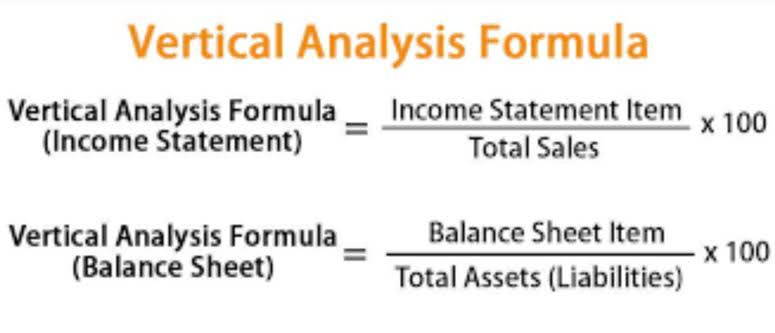
Having the right accounting tools at your disposal can help you stay on top of your liability commitments. A liability is anything that’s borrowed from, owed to, or obligated to someone else. It can be real like a bill that must be paid or potential such as a possible lawsuit. A company might take out debt to expand and grow its business or an individual may take out a mortgage to purchase a home.
- Your loan is a liability if you borrow money to purchase a car.
- The assets section for Clear Lake’s classified balance sheet is shown in Figure 5.7.
- Confused because banks tell you that they are “crediting” your account by putting money in it?
- Any liability that’s not near-term falls under non-current liabilities that are expected to be paid in 12 months or more.
- Get up and running with free payroll setup, and enjoy free expert support.
- If the asset has appreciated over time, the higher market value of the assets would not be seen on the balance sheet.
Types of Debt
All interest is expensed into the income statement over the term of the loan. Assets are the items your business owns that add value to your company. For example, buildings, equipment, accounts receivable, cash, and intellectual property are all assets. By comparing assets to liabilities from your balance sheet equation, you can find your net ownership within the company. Owners’ equity is the owners’ total investment in the business after all liabilities have been paid.

Who Is a Debtor and Who Is a Creditor?
Debtors can also be someone who files a voluntary petition to declare bankruptcy. Debt collectors can’t threaten debtors with jail time but courts can put debtors in jail for unpaid child support in some cases. Liabilities are listed on a company’s balance sheet and expenses are listed on a company’s income statement. the debt a firm owes to others is called a(n) Liabilities are the obligations and debts that a company owes. Expenses can be paid immediately with cash or the payment could be delayed which would create a liability. But now you’ve got some money to invest, you’re looking at a few companies and trying to figure out whether their shares are worth purchasing.
- As you complete your books, know the difference between business expenses and liabilities.
- Its current liabilities declined by only a small amount from 2019 to 2020 ($105,718 to $105,392).
- This is often used as operating capital for day-to-day operations by a company of this size rather than funding larger items which would be better suited using long-term debt.
- On the balance sheet, you record both liabilities and assets.
- You can also listen to the company’s quarterly earnings calls to hear company executives’ views of current business conditions.
What Is a Liability?
- A service firm, on the other hand, may not have inventory at all.
- The agreement almost always includes interest payments too.
- Current liabilities are usually considered short-term.
- If prepared correctly, the total assets on the balance sheet equals the total liabilities and owner’s equity sections of the balance sheet.
- They’re institutions, businesses, or individuals that extend credit to debtors.
- After the first year, your car would be shown on the balance sheet at the purchase price of $40,000 minus $8,000 accumulated depreciation, for a net book value of $32,000.
After two years, its net book value would be $24,000, and so on. When governments or large corporations want to borrow money, they may issue bonds. Investment firms, pension funds, and other investors including individuals buy the bonds. In this case, we call the lenders bondholders and borrowers issuers.
On the balance sheet, you record both liabilities and assets. Your business’s liabilities and assets directly correlate with each other. Short-term liabilities appear first on the right side of your balance sheet. List long-term liabilities after the total short-term liabilities.
Can Debtors Go to Jail for Unpaid Debts?
Patriot’s online accounting makes it easy to manage your books. Managing your cash flow is key to running a successful business. Learn the basics of cash flow, and get expert tips on how to improve it. Keir is an industry expert in the small business and accountant fields.
What are liabilities in accounting?
Clear Lake Sporting Goods has just one contributed capital account—common stock—and one earned capital account—retained earnings. The equity section of its balance sheet is shown in Figure 5.9. AP typically carries the largest balances because they encompass day-to-day operations.

What Are Examples of Liabilities That Individuals or Households Have?
Items on the balance sheet such as allowance for doubtful accounts and allowance for bad debt are based on estimates. The useful lives for calculating depreciation is another common estimate. If these estimates are incorrect, the net value of the asset can be under- or overstated. Liabilities are a vital aspect of a company because they’re used to finance operations and pay for large expansions. They can also make transactions between businesses more efficient. A wine supplier typically doesn’t demand payment when it sells a case of wine to a restaurant and delivers the goods.
What Can a Creditor Do If a Debtor Doesn’t Pay?

The assets section for Clear Lake’s classified balance sheet is shown in Figure 5.7. Companies segregate their liabilities by their time horizon for when they’re due. Current liabilities are due within a year and are often paid using current assets.


Comment closed!